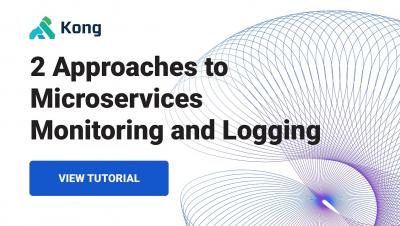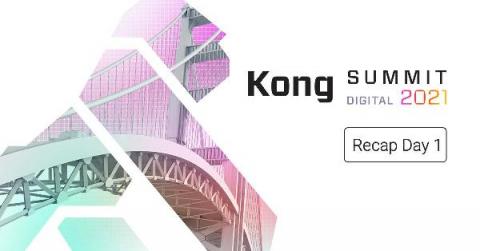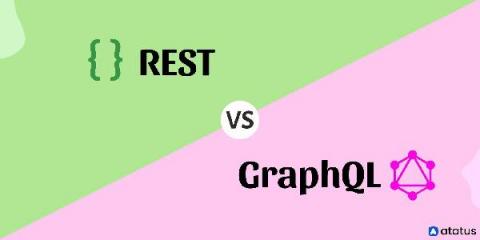Systems | Development | Analytics | API | Testing
API
Microservices Monitoring and Logging with Kong Konnect
2 Approaches to Microservices Monitoring and Logging
We’re seeing a massive shift in how companies build their software. More and more, companies are building—or are rapidly transitioning—their applications to a microservice architecture. The monolithic application is giving way to the rise of microservices. With an application segmented into dozens (or hundreds!) of microservices, monitoring and consolidated logging become imperative.
Kong Summit Day 1: 10 Exciting Announcements & More!
We are now deep into our most anticipated event of the year, Kong Summit 2021 (there’s still time to register for Day 2!). More than 4,000 people have registered from 87 countries for the virtual event. After a full day of knowledge and surprises, we are excited to recap the most memorable moments from today.
Do you know the correct way to say kubectl?
API Security and FHIR Recommendations
Joining us is Alissa Knight, partner at Knight Ink Media, CISO, cybersecurity expert, cinematographer and accomplished content creator for telling brand stories at scale.
Giving Your Legacy Applications an API Facelift
Let’s face it: In today’s modern world of cloud and containers, there are still thousands of legacy applications that were not written with an API-first approach. Some legacy systems can still provide tremendous value today, but the means for accessing them are completely out of date, thus rendering them almost useless.
REST vs GraphQL: Everything You Need to Know
The RESTful web API has long been the industry standard, but in recent years, APIs based on the GraphQL Schema Definition Language has grown in popularity. This post will go over the advantages and disadvantages of each, as well as when GraphQL makes sense for your application.











